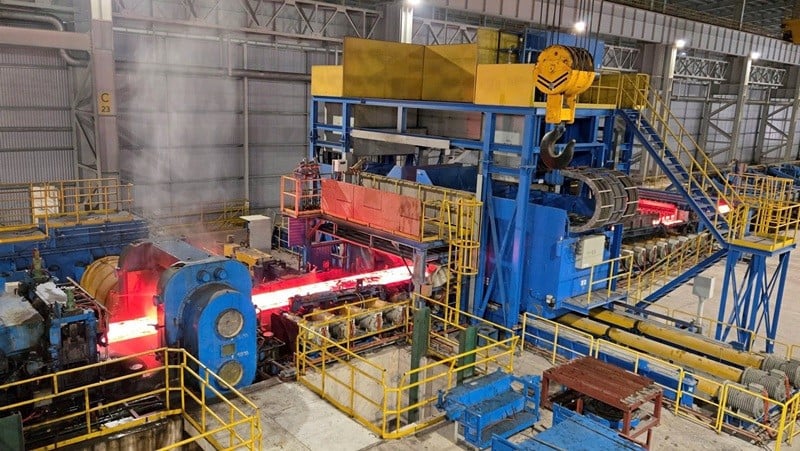
In that context, Resolution No. 68-NQ/TW (dated May 4, 2025) of the Politburo with the orientation of developing the private economy to become the most important driving force of the economy is expected to pave the way for steel industry enterprises to make a breakthrough.
However, to take advantage of this opportunity, the Government needs to quickly implement drastic support policies, while businesses must proactively improve product quality and increase competitiveness to not only survive but also develop sustainably in the volatile global trade environment.
Fierce competition
Vietnam's steel industry has achieved many successes, from being dependent on imported finished steel products to becoming the 13th largest steel producer in the world and leading ASEAN, but is currently facing many difficulties and challenges. Since the beginning of the year, steel industry recorded positive signals thanks to the recovery of the construction market, mainly due to the demand of housing projects, industrial parks and the commencement of construction of key infrastructure projects, leading to an increase of about 10% in construction steel consumption in the first quarter of 2025 compared to the same period in 2024. However, the consumption rate is still not as expected, especially when the real estate market has not completely escaped difficulties and the progress of public investment disbursement is still slow. In addition, changes in tariff policies of major economies, along with the increasing trend of trade protectionism, are among the biggest challenges facing the Vietnamese steel industry.
Most recently, on June 4, the US officially imposed import tariffs of up to 50% on aluminum and steel from many countries, including Vietnam. Although Vietnamese steel only accounts for 1.6% of total steel imports into the US, this move not only reduces access to the US market but also creates a chain reaction in global trade. Major steel-producing countries such as China, South Korea, Canada, Japan and even the EU, after facing difficulties in exporting to the US, are forced to seek alternative markets. The ASEAN region, including Vietnam, with a rapid economic growth stable and large demand for construction and industry, easily becoming a potential destination.
Assessing the impacts on Vietnamese steel enterprises in the coming time, Chairman of the Board of Directors of Vietnam Steel Corporation Le Song Lai commented that global fluctuations have increased competitive pressure, while raw material and production costs in Vietnam have not improved accordingly, causing the profit margins of steel enterprises to become increasingly narrow. This not only affects the ability to reinvest and maintain production but also threatens the long-term development of the industry. In particular, small and medium-sized enterprises, which are limited in technology and financial capacity, are more likely to be "strangled" in this race.
Furthermore, the surplus of imported steel also increases the risk of Vietnam being caught up in trade defense or anti-dumping lawsuits, damaging the reputation and export opportunities of the domestic steel industry. The US has initiated an anti-dumping investigation on rebar originating from Vietnam, with a preliminary margin of up to 115.4%, causing tens of thousands of tons of steel to be subject to high taxes or temporarily suspend exports. Most recently, on June 4, the US Department of Commerce (DOC) officially received a request to conduct an anti-dumping and anti-subsidy investigation on reinforced concrete products imported from Vietnam.
Proactively improve capacity
In that context, the recent issuance of Resolution No. 68-NQ/TW by the Politburo is considered a "breath of fresh air" bringing hope to the Vietnamese steel industry. In particular, the Resolution encourages private enterprises to invest in key industries such as the steel industry; creating conditions for private enterprises to access resources in terms of capital, technology and markets. In the steel industry, this is especially important when enterprises need to invest in green production technology, reduce carbon emissions to meet international standards such as the EU's CBAM. General Director of Hoa Phat Group Nguyen Viet Thang said that the State needs to provide clear directions for economic development in the next 5, 10, 20 years to help enterprises build long-term investment strategies, especially in the field of "green steel" and environmental friendliness.
Chairman of the Vietnam Steel Association (VSA) Nghiem Xuan Da recommended that steel enterprises need to be more proactive in improving their competitiveness; in which, focusing on investing in advanced technology, improving product quality and optimizing production costs to cope with pressure from cheap imports. At the same time, the whole industry needs to enhance the role of value chain linkages in the industry, encouraging steel enterprises to closely coordinate with raw material suppliers, logistics and steel-using industries such as construction and mechanical engineering. VSA hopes that the State will support the formation of closed supply chains, creating motivation for domestic enterprises to develop sustainably, in accordance with the spirit of Resolution No. 68-NQ/TW. In particular, it is necessary to have measures to support enterprises, remove difficulties for the real estate sector and promote construction projects; apply reasonable trade defense measures to protect the domestic steel industry from the negative impact of cheap imported steel.
Resolution No. 68-NQ/TW has opened a more favorable policy corridor for businesses. However, success does not only come from support policies but also depends on the initiative of businesses themselves in improving quality, optimizing costs and expanding markets. In particular, large private enterprises, the "locomotives" of the industry, need to continue to innovate technology, improve product quality and build a sustainable value chain, leading small and medium-sized steel enterprises to develop together.
Source: https://baoquangninh.vn/mo-loi-phat-trien-cho-doanh-nghiep-nganh-thep-3364757.html





![[Photo] Standing member of the Secretariat Tran Cam Tu chaired a meeting with Party committees, offices, Party committees, agencies and Central organizations.](https://vphoto.vietnam.vn/thumb/1200x675/vietnam/resource/IMAGE/2025/7/1/b8922706fa384bbdadd4513b68879951)




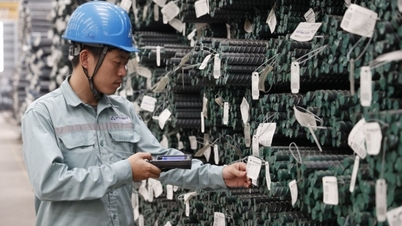
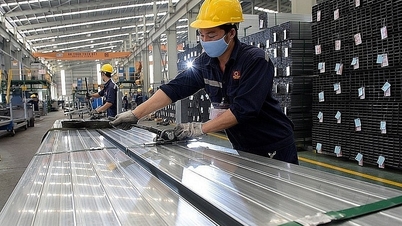








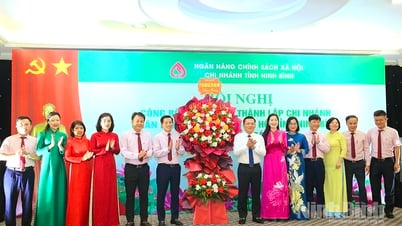

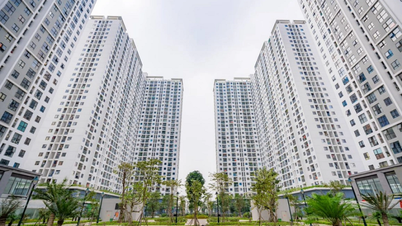

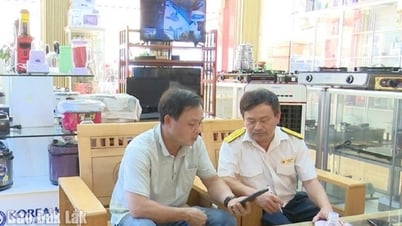

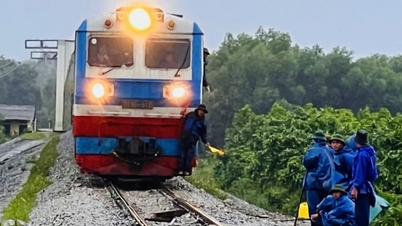





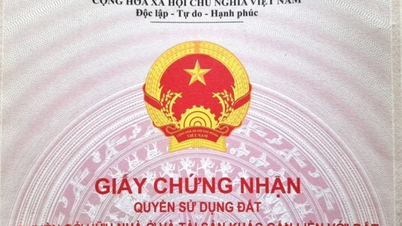
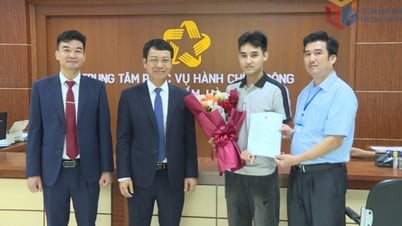

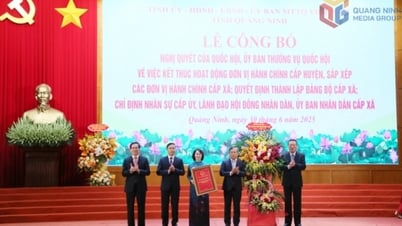
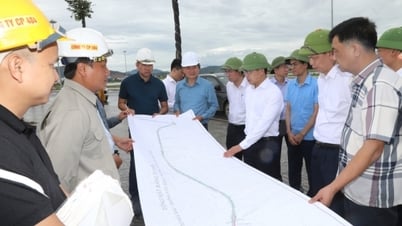




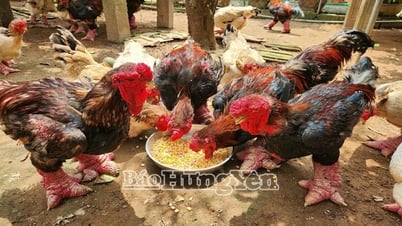

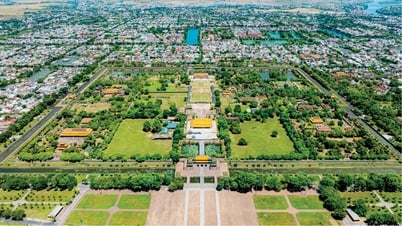








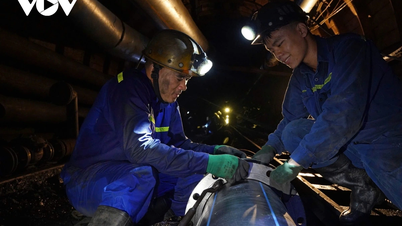



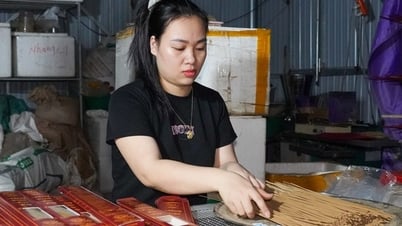






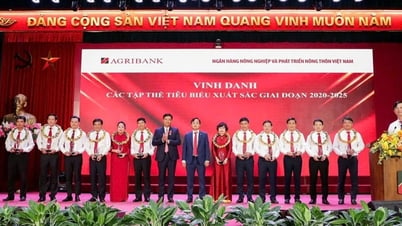




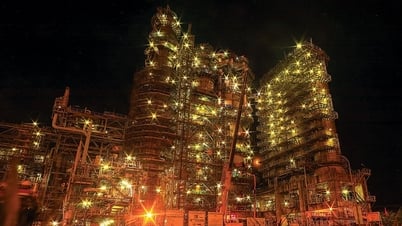
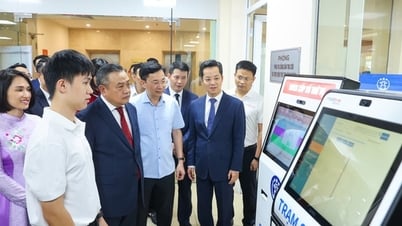


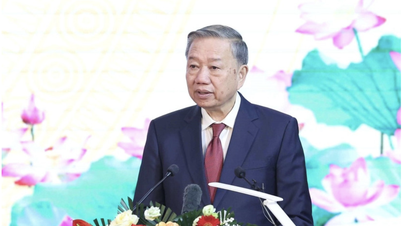

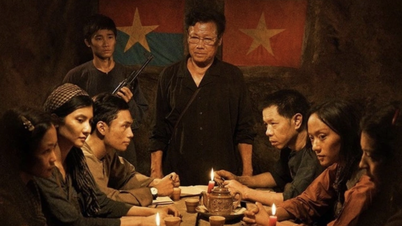
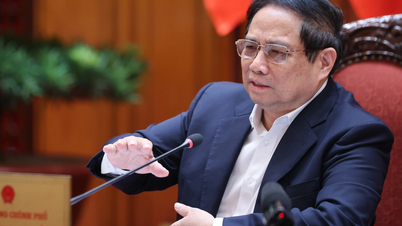

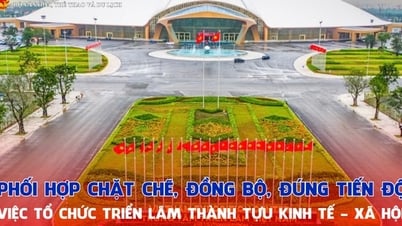


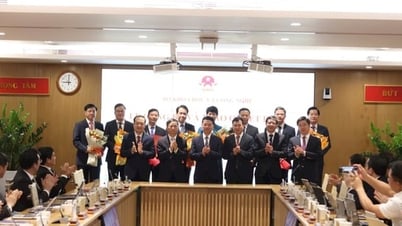

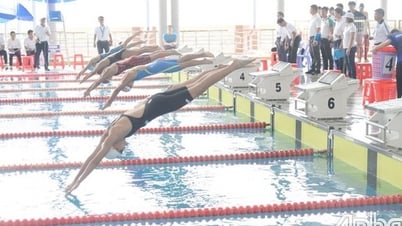

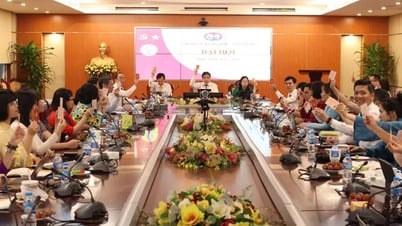
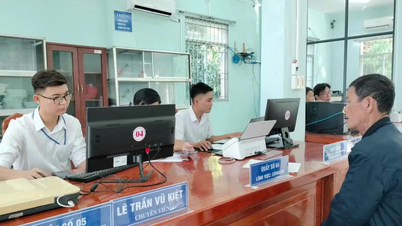

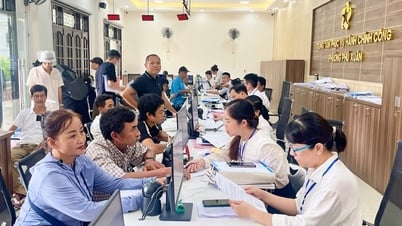







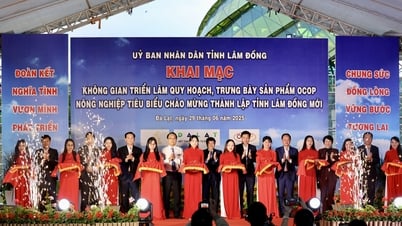

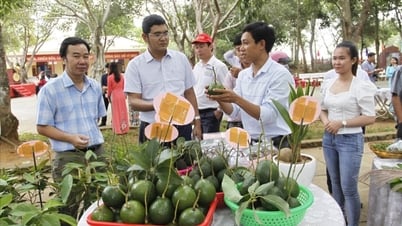






Comment (0)